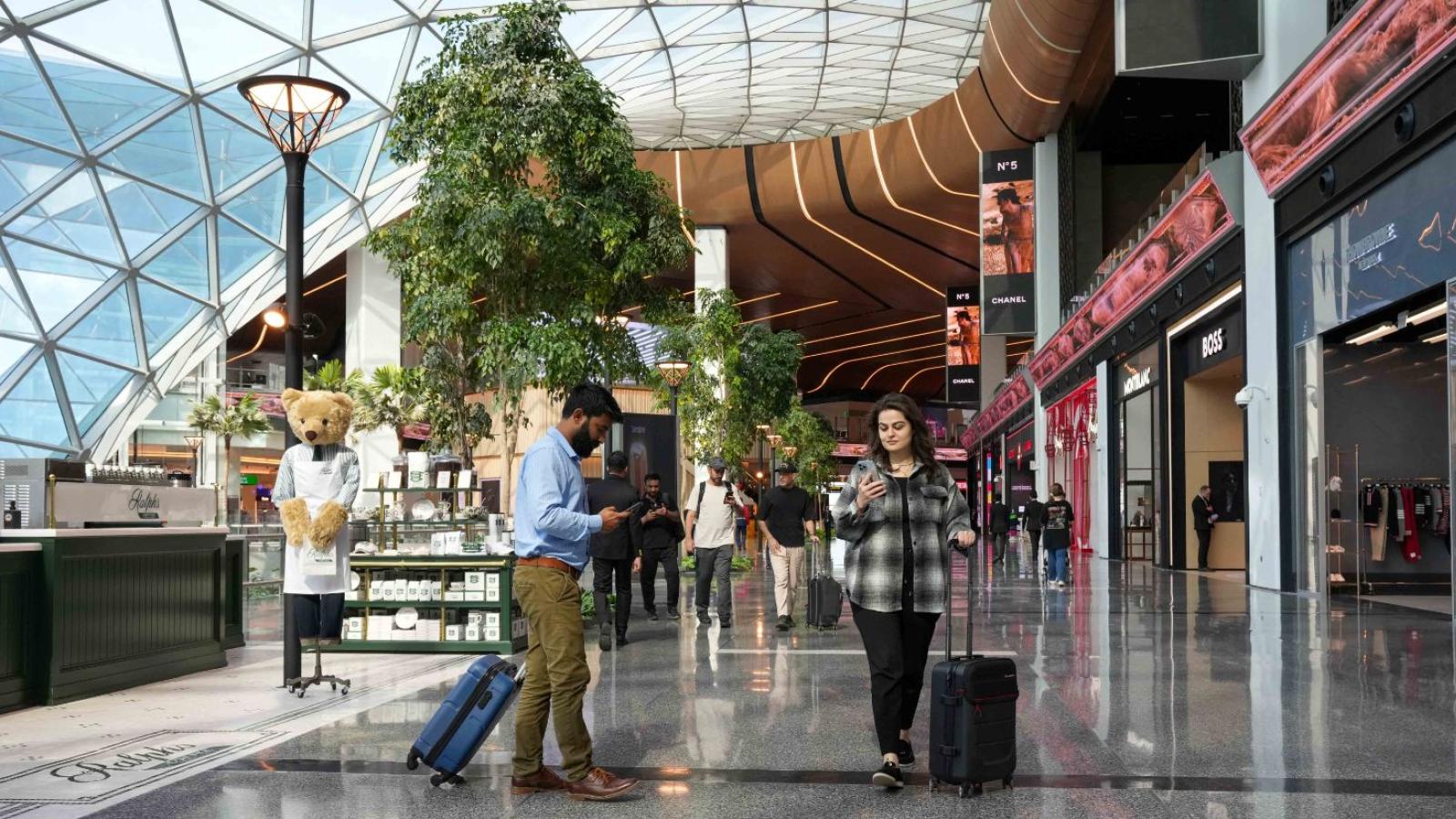
Doha’s Hamad International Airport (HIA) has built a reputation as one of the world’s most efficient aviation hubs, moving tens of millions of passengers each year with remarkable speed and precision.
Yet, like at any global gateway, travelers can still encounter bottlenecks at security checkpoints. Whether arriving, departing, or transiting, understanding what typically causes these delays can help passengers better prepare—and avoid unnecessary stress.
.jpg)
Here are five common factors that can slow you down at HIA security:
1. High Passenger Volumes and Flight Disruptions
Peak travel seasons, major sporting events, and religious holidays such as Ramadan or Eid put extra pressure on the airport’s security system. Add to that sudden flight diversions or airspace closures in the region, and queues can swell quickly.
After the missile strikes near Qatar in early 2025, for instance, thousands of rerouted travelers faced extended waits due to heightened screening protocols. Even in a hub designed for efficiency, extraordinary surges can stretch security resources and extend wait times.
2. Multiple Screenings for Transit Passengers
For passengers connecting through Doha, the journey through security isn’t always one-and-done. Travelers from countries categorized as “non-clean” may be required to pass through security twice: once upon arrival and again before boarding their onward flight.
While this extra step is crucial for maintaining safety standards, it can add minutes—or even longer during peak hours—to an already tight transfer window.
3. Strict Prohibited-Item Policies
Hamad Airport enforces some of the strictest rules in the region when it comes to prohibited goods. Confiscated items range from weapons and ammunition to alcohol, pork products, narcotics, and even excess quantities of currency, jewelry, or tobacco.
Travelers unfamiliar with these regulations often find themselves delayed while officers inspect baggage or confiscate restricted items. With customs declaring limits as precise as 400 cigarettes or personal goods worth over QAR 3,000 (USD 825), even honest mistakes can slow your exit or transfer.
4. Security Alerts and Enhanced Screening Measures
When regional intelligence indicates a potential threat, HIA introduces additional security layers. This might involve random passenger checks, more intensive baggage screening, or manual inspections.
Though these measures are temporary and intended to safeguard all travelers, they inevitably add friction to the usually fast-moving security process.
5. Limited Screening Lanes During Off-Peak Hours
HIA has expanded its screening infrastructure, ensuring that under normal circumstances, 95% of transfer passengers wait less than five minutes at security. However, during quieter hours, not all lanes are fully staffed or operational.
If an unexpected influx of passengers arrives—say, from delayed connecting flights—queues can build quickly until more lanes are reopened.

Staying Ahead of Delays
Despite these potential hurdles, Hamad International Airport remains one of the most efficient global transit hubs. Dedicated lanes for premium-class travelers, Al Maha service users, unaccompanied minors, and passengers requiring assistance help keep flows moving.
Free re-sealable bags for liquids are readily available, and clear signage directs travelers through customs channels.
Still, seasoned flyers know the golden rule: build in extra time. Arriving prepared—by packing liquids correctly, knowing what not to carry, and understanding customs limits—can mean the difference between a smooth transit and a stressful rush through security.
In today’s aviation climate, efficiency and vigilance must coexist. At Hamad International Airport, passengers can expect both—but a little foresight goes a long way.
For more information click here:


.jpg)
.jpg)
.jpg)

.jpg)


.jpg)


.jpg)
.jpg)

.jpg)



.jpg)
.jpg)


.jpg)

.jpg)




.jpg)





.jpg)
.jpg)


.jpg)
 (1).jpg)
.jpg)
.jpg)

.jpg)

.jpg)
.jpg)
 (1).jpg)





